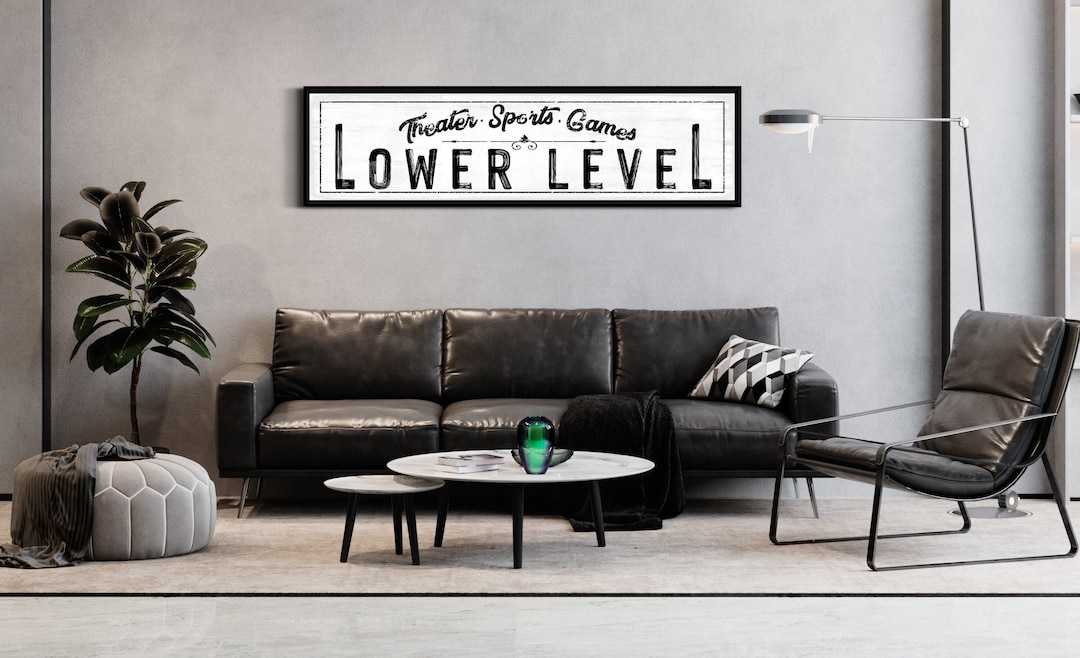Multi-Panel Large Wall Art for Professional Photographers
For professional photographers seeking to elevate their space with an artistic flair, multi-panel large wall art offers an exciting opportunity to showcase your work in a dynamic and impactful way. This article will dive into the nuances of integrating multi-panel art into your studio or gallery, enhancing both aesthetics and client experience.

The Allure of Multi-Panel Art
Multi-panel art, also known as triptychs or polyptychs, transforms a single image into a mesmerizing visual story. By splitting an image across several panels, photographers can create depth and movement that captivates the viewer. This method of display doesn't just add beauty; it invites deeper engagement with your work.
Creating Impact with Scale and Composition
One of the primary considerations for photographers is how to effectively utilize the scale of large wall art. The sheer size can make a bold statement, but it requires careful planning. Consider the composition of your image: does it benefit from being broken into sections? If yes, how will each panel interact with the others? Aligning the composition with the lines of the panels can lead to a harmonious and striking display.
For photographers, understanding how to scale images appropriately is crucial. Oversized prints can appear overwhelming if not balanced correctly. Utilize tools such as Photoshop to test how an image will look when divided and ensure that each panel retains its visual integrity.
Choosing the Right Space
When selecting a location for your multi-panel art, consider both the lighting and the available wall space. Large, open walls in a gallery or studio space are ideal for showcasing your work. Ensure that the lighting enhances the artwork without creating glare or shadows. For tips on lighting, check out this lighting guide.
Materials and Mounting Techniques
The choice of materials can greatly affect the final appearance of your multi-panel art. Options include canvas, metal, or acrylic prints, each offering distinct visual qualities. Canvas provides a classic, textured finish, while metal and acrylic offer a sleek, modern look with vibrant colors.
Mounting techniques also play a crucial role. Floating frames or frameless mounts can enhance the contemporary feel, while traditional frames might suit more classic images. To get more ideas on hanging techniques, visit this article on hanging large art.
Integration with Current Trends
Staying ahead of current trends is essential for photographers. As interior design trends evolve, so too should the presentation of your artwork. Consider integrating mirrors or other elements to complement your art. This guide on mixing art with mirrors provides innovative ideas.
Moreover, the shift towards personalized and meaningful art pieces means photographers can offer their clients a unique narrative through their multi-panel displays, enhancing client engagement and satisfaction.
Case Studies: Success Stories
Many photographers have successfully integrated multi-panel art into their business models. For instance, a renowned landscape photographer utilized a five-panel display to bring the grandeur of nature into his gallery, resulting in increased foot traffic and sales.
Other photographers have found success by offering custom multi-panel art for clients' homes, providing consultation services that include measuring spaces, selecting images, and determining the best panel configurations.
To learn more about successful implementations, check out this external resource on large wall art ideas.
Conclusion
Incorporating multi-panel large wall art into your photography business can not only enhance your visual offerings but also increase your appeal to clients looking for unique and personalized art. By understanding the principles of scale, composition, and current trends, photographers can create stunning displays that captivate and inspire.
For additional insights on decorating large walls, visit this external guide.

FAQ
What are the benefits of using multi-panel large wall art?
Multi-panel art adds depth and intrigue to a single image, enhancing visual interest and engagement. It allows photographers to showcase their work dynamically across larger spaces.
How do I choose the right image for multi-panel art?
Select images with strong compositions that benefit from being divided. Consider the flow and interaction of each panel to ensure the overall impact is maintained.
What materials are best for multi-panel art?
Materials like canvas, metal, and acrylic each offer unique qualities. Choose based on the desired aesthetic and the environment where the art will be displayed.

